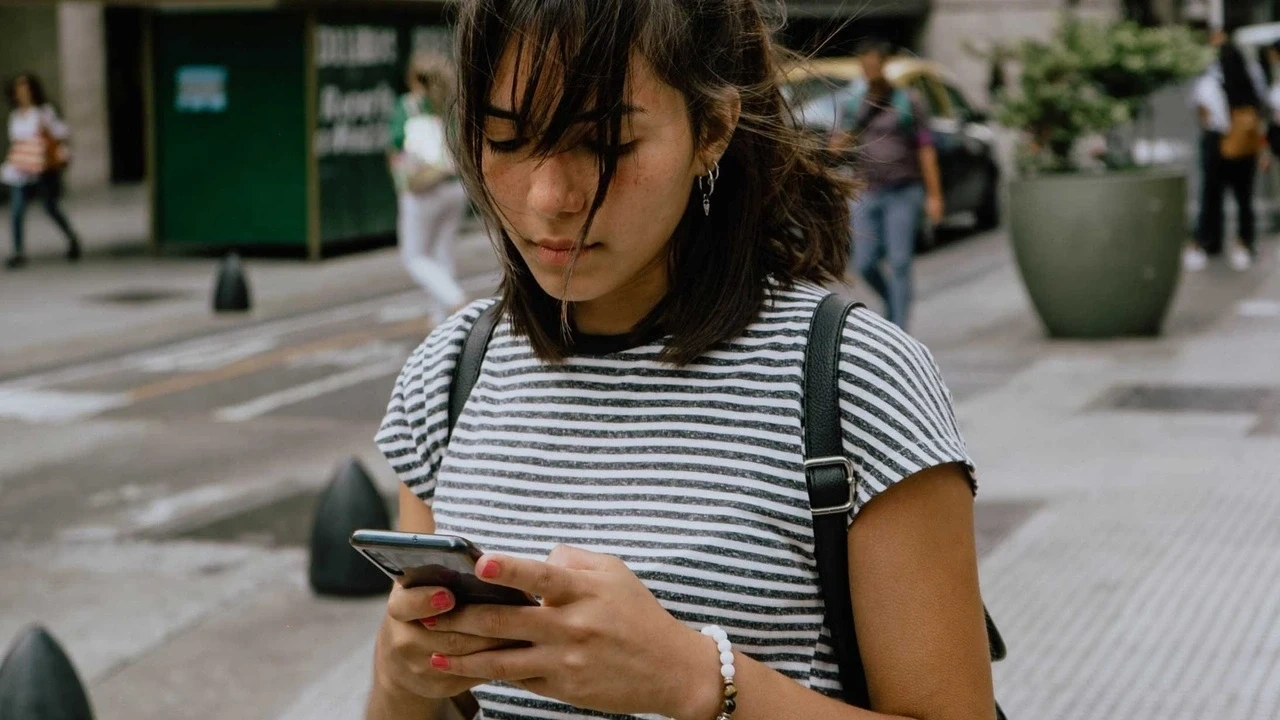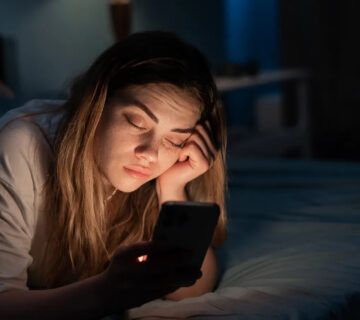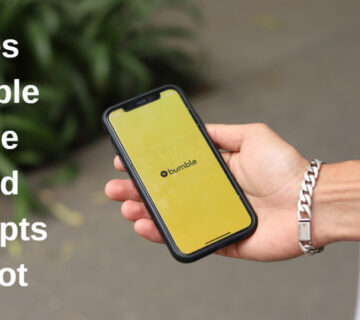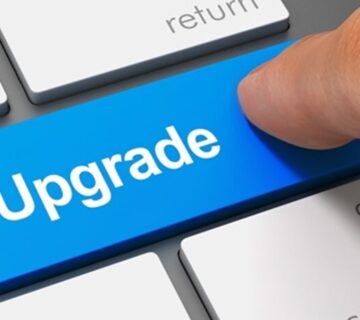Swipe left, swipe right—repeat until dizzy. What started as a playful gesture to find romance now leaves many modern singles feeling mentally exhausted. It’s called swipe fatigue, and in 2025, it’s one of the most powerful forces shaping the world of digital relationships. But, as users and experts alike have learned, sometimes swiping less and doing more is the real key to love’s algorithm.
In this original, thoroughly researched and Google-indexable article, we’ll clarify what swipe fatigue is, how it impacts online dating, the science behind it, and proven strategies for overcoming it—with a spotlight on the privacy-minded app design leading “slow dating’s” new wave.
What Is Swipe Fatigue? The Phenomenon Explained
Swipe fatigue refers to a state of mental and emotional exhaustion from repetitive, high-volume use of casually swipe-based dating apps. As platforms multiply and choices skyrocket, users report:
-
Feeling numb or frustrated by endless profiles
-
Burnout from too many shallow chats
-
Disengagement from the very process meant to connect them
Why does this happen? Humans are not wired for endless novelty without satisfying connection. Each swipe, match, and tiny dopamine hit eventually turns into noise—making it harder to find real chemistry amid the clutter.
Why Swipe Culture Led Us Here
-
Paradox of choice: More profiles = harder decisions.
-
Instant gratification: Swipes feel addictive, but returns diminish quickly.
-
Shallow engagement: Matching can become a numbers game—not a path to real conversation.
Signs You’re Suffering from Swipe Fatigue
-
Reluctance to open dating apps or check messages
-
Deleting and reinstalling apps multiple times
-
Ignoring promising chats because “it feels pointless”
-
Swiping mechanically, sometimes without even looking
-
Lamenting, “There’s no one real here,” regardless of actual profiles
-
Low hope in finding true connection online
The Science: What Does Swipe Fatigue Do to Your Brain?
-
Dopamine addiction: Every swipe provides a fleeting dopamine lift—but, without deeper rewards, your brain adapts and stops caring.
-
Decision fatigue: Parsing endless faces and bios wears out your prefrontal cortex, making you irritable and impulsive.
-
Emotional blunting: The cycle of “micro-rejection” (ignored likes, dead chats) can sap confidence and joy.
Researchers have found that after as little as 20 minutes of continuous swiping, users are less likely to initiate or respond to meaningful conversations and more likely to report feelings of loneliness. (Source: 2024 Journal of Digital Relationships)
The “Slow Dating” Solution: Mindful Swiping and Quality Over Quantity
Physical fatigue needs rest; swipe fatigue demands a strategic slowdown.
1. Set Intentions Before You Swipe
Decide: Am I here for a relationship, a friend, or just some fun? Swiping with purpose cuts down on wasted time and matches.
2. Limit Your Swiping Windows
Choose a set time of day for app use. No more “every commercial break”—10 mindful minutes beats 100 mindless ones.
3. Give Each Profile Real Attention
Read bios fully, look for values (not just looks), and send an opener about something specific—not just “Hey.”
4. Cap the Number of Active Chats
Maintain only a handful of conversations at once; it keeps you engaged and authentic, not stretched thin.
5. Move Offline or Off-App Sooner
Long text back-and-forth rarely builds real intimacy. Suggest a call, video chat, or safe real-life meeting after you feel comfort and interest.
Why Mindfulness Wins: “Less Is More” Success Stories
“I started using Bumble only for 5–10 minutes a night, focusing on profiles that genuinely resonated. My matches dropped by 80%, but my actual dates improved tenfold.”
— Samir, 32, Mumbai
“No read receipts on Bumble helped a lot. Without pressure for instant replies, I felt less anxious and more free to enjoy the process.”
— Sophie, 27, London
The Role of Privacy-First App Design: How Bumble Sets the Standard
Bumble’s strategies to minimize swipe fatigue include:
-
No read receipts or last seen—removing pressure to respond instantly and letting users go at their pace.
-
Daily limits (even for free users)—encouraging meaningful engagement over endless swiping.
-
Profile prompts, badges, and “Intentions” tagging—making thoughtful, value-based conversations easier to start.
-
Safety and “Snooze” modes—allowing for breaks without penalty or guilt.
Privacy-first platforms, as supported by international organizations like the Electronic Frontier Foundation, now lead the way in promoting digital wellbeing alongside romance.
“Reducing mandated system feedback and limiting endless choice makes for healthier, more authentic online relationship-building. App makers should strive to protect user agency—and wellbeing—before profit.”
Swipe Fatigue vs. Burnout: Key Differences
| Fatigue (Early) | Burnout (Severe) |
|---|---|
| Boredom or low motivation | Anxiety or dread using app |
| Occasional numb swiping | Avoids app altogether |
| Less invested in old chats | Deletes all matches indiscriminately |
| Feels hope with changes | Feels hopeless despite changes |
Tip: If you recognize burnout signs, a digital detox (see below) is a must.
Pro Strategies to Recover and Prevent Swipe Fatigue
1. Take a “Dating Detox”
Delete or pause app use for 1–2 weeks. Focus on friends, fitness, reading, or offline hobbies. Let real-world fun reset your mind.
2. Rebuild Your Profile With Purpose
Showcase your values, passions, and quirks, not just poses or clever one-liners.
3. Implement “Batch” Messaging
Block out time to check and reply to messages, then close the app. Don’t let notifications run your day.
4. Celebrate Small Wins
Even a fun chat, kind reply, or learning “what you’re not looking for” is a step toward true dating happiness.
5. Stay Curious
Ask more specific questions! Ditch “wyd”—try “What’s the most unexpected thing you learned last year?”
FAQs: Answering Your Top Swipe Fatigue Questions
Q: Will using paid features stop swipe fatigue?
A: Not if you don’t change your habits. Upgrades help with visibility but don’t cure burnout—mindful habits do.
Q: Does less swiping mean fewer matches?
A: Yes—but more quality matches, more enjoyable chats, and better odds of meaningful meetings.
Q: How do I talk to matches about slow dating?
A: Be upfront: “I check this app once a day; quality is better than quantity for me.” Most thoughtful users appreciate candor!
Read More: The Power of First Impressions: Crafting the Perfect Profile on Dating Apps in 2025
Conclusion: Reclaim Romance from the Swipe Spiral
Swipe fatigue is real—and in 2025, it’s reshaping the world of digital romance.
Choosing less, choosing well, and focusing on emotional wellbeing are now the smartest matchmaking strategies you can employ. Relinquish the chase for numbers. Embrace every chat or match as a genuine opportunity, not a swipe in the void.







No comment